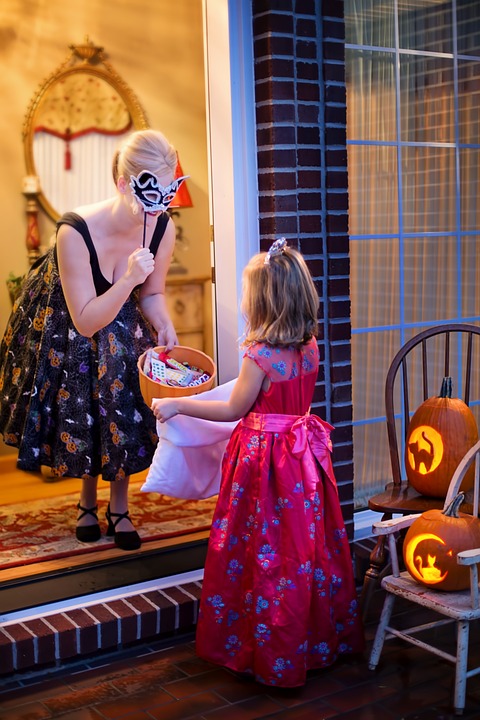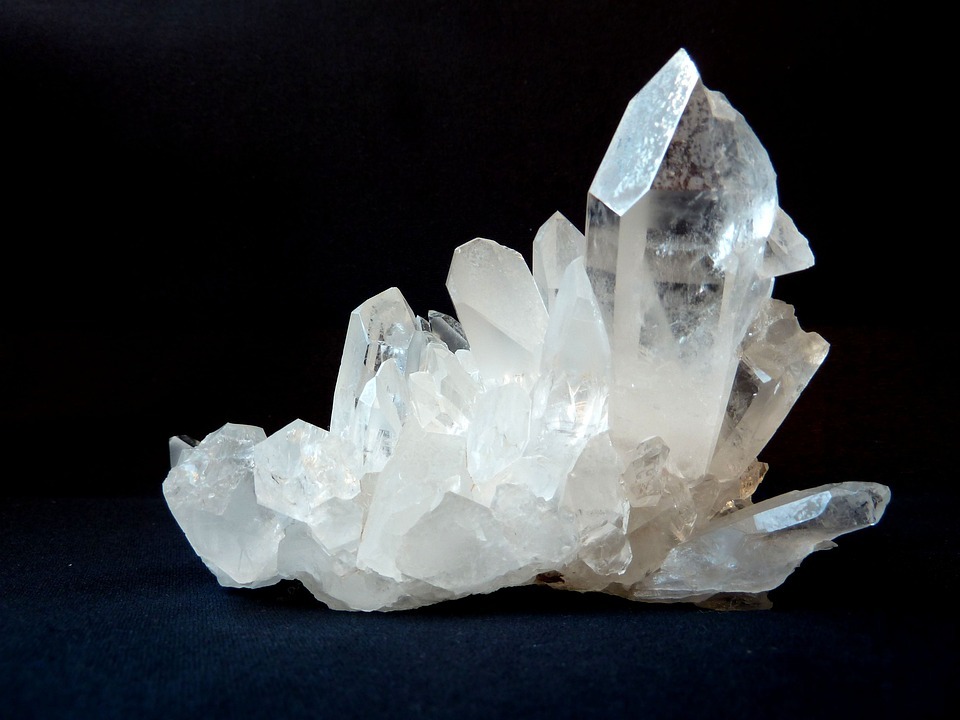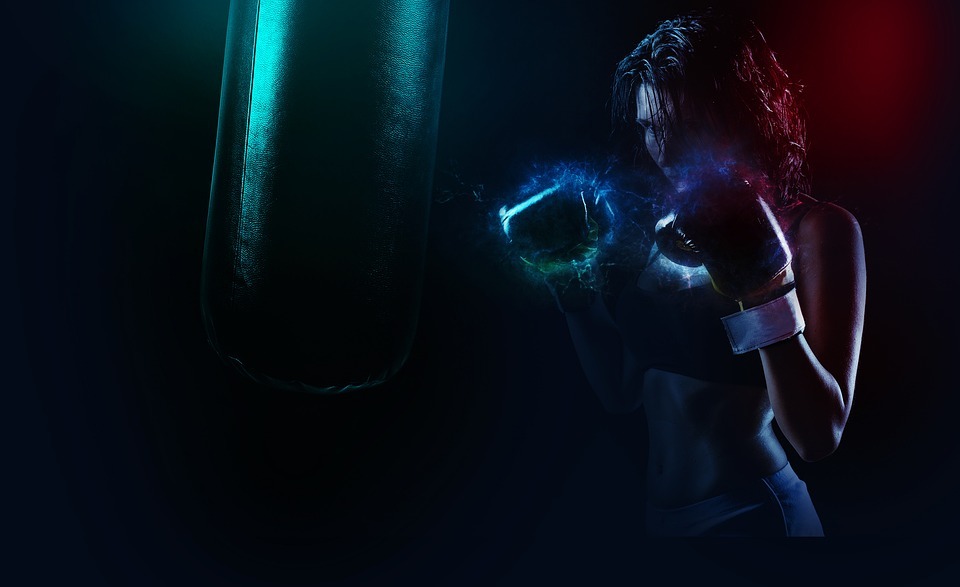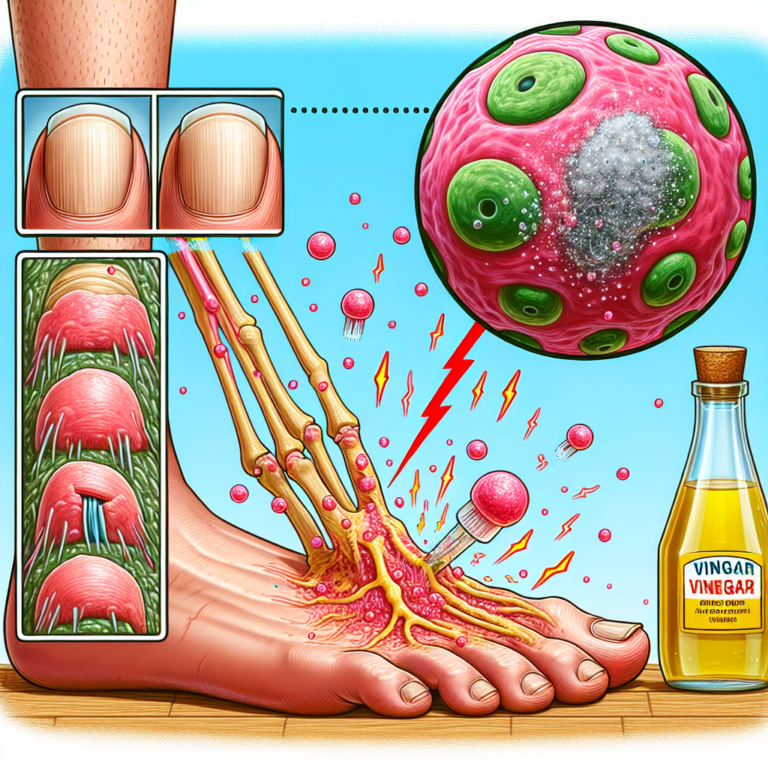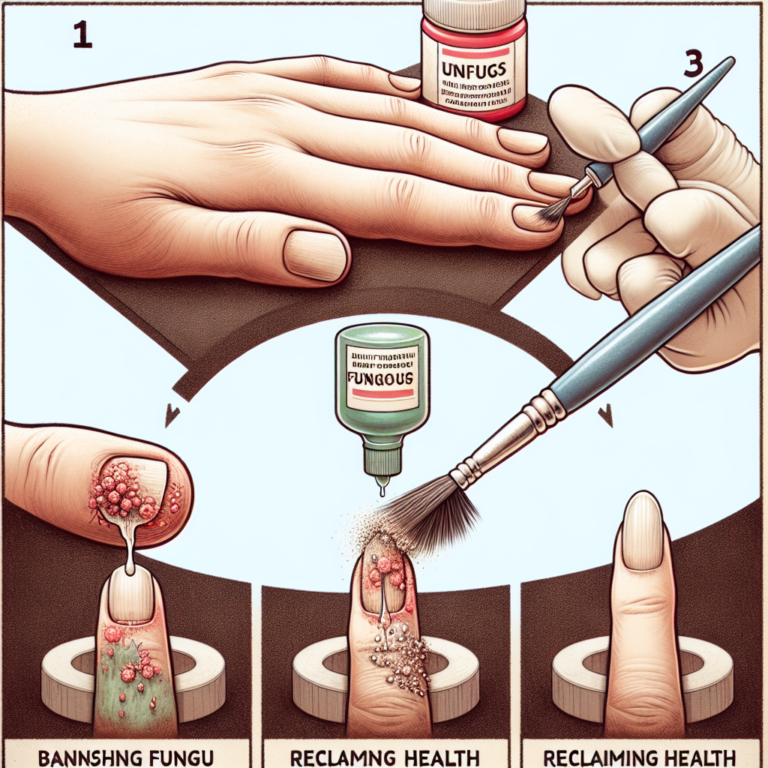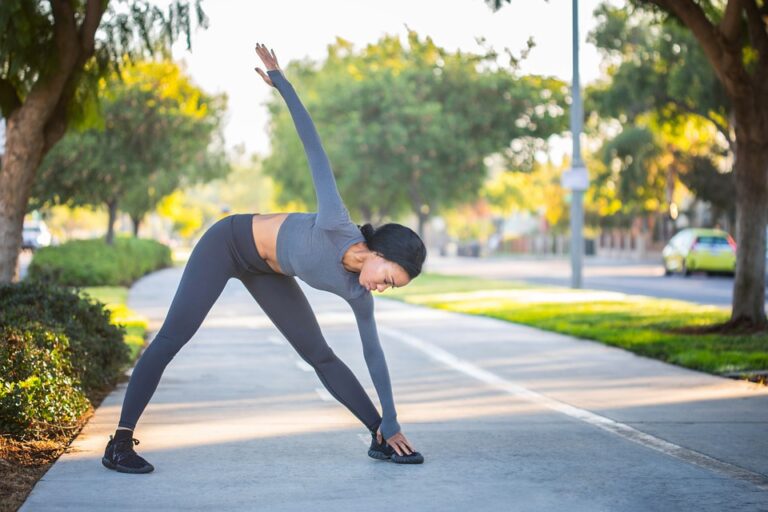The Hidden Dangers of DIY Hair Color
In recent years, the trend of DIY hair coloring has gained momentum as more and more people are looking to save money and time by coloring their hair at home. While the convenience of DIY hair color might be appealing, there are hidden dangers that many people overlook. From damaging your hair to causing reactions on your scalp, there are several risks associated with coloring your hair at home. In this article, we will explore the hidden dangers of DIY hair color and provide you with five tips to help you avoid these risks.
1. Damage to Your Hair
One of the biggest risks of DIY hair color is the potential damage it can cause to your hair. When you color your hair at home, you are using chemicals that can strip the natural oils from your hair, leaving it dry and brittle. This can lead to breakage and split ends, making your hair look unhealthy and damaged. Additionally, using the wrong color or leaving the color on for too long can result in over-processing, which can cause further damage to your hair.
To avoid damaging your hair with DIY hair color, it is important to choose a high-quality hair color and follow the instructions carefully. Avoid using hair color that contains harsh chemicals like ammonia and opt for a gentler formula that is designed to nourish and protect your hair. Be sure to perform a patch test before coloring your hair to ensure that you are not allergic to any of the ingredients in the hair color.
2. Allergic Reactions
Another hidden danger of DIY hair color is the risk of allergic reactions. Hair color contains chemicals that can cause skin irritation and allergic reactions, particularly if you have sensitive skin. Symptoms of an allergic reaction to hair color can include redness, itching, swelling, and even blisters on the scalp or skin. In severe cases, an allergic reaction to hair color can result in anaphylaxis, a life-threatening allergic reaction that requires immediate medical attention.
To reduce the risk of an allergic reaction to DIY hair color, it is important to perform a patch test at least 48 hours before coloring your hair. Apply a small amount of the hair color to a small area of skin, such as behind your ear, and wait to see if any redness or irritation occurs. If you experience any adverse reactions to the hair color, do not proceed with coloring your hair and seek medical attention if necessary.
3. Uneven Color
One of the most common pitfalls of DIY hair color is achieving uneven color results. When coloring your hair at home, it can be difficult to apply the hair color evenly throughout your hair, resulting in patchy or streaky color. This can be particularly problematic if you are trying to achieve a specific shade or color, as uneven color can make your hair look unnatural and unappealing.
To avoid uneven color with DIY hair color, it is important to section your hair and apply the hair color in small, even sections. Start by dividing your hair into four equal sections, and work on one section at a time, ensuring that you apply the hair color evenly from roots to ends. Use a mirror to check for any missed spots or uneven application, and be sure to follow the instructions for timing and rinsing to achieve a uniform color result.
4. Fading Color
Another hidden danger of DIY hair color is the risk of fading color. Over time, hair color can fade due to washing, styling, and exposure to sunlight, resulting in dull and lackluster hair color. This can be frustrating if you have spent time and money coloring your hair at home, only to have the color fade quickly and require frequent touch-ups.
To prevent fading color with DIY hair color, it is important to use a color-safe shampoo and conditioner to help preserve the vibrancy of your hair color. Avoid washing your hair too frequently, as this can strip the color from your hair and cause it to fade faster. Additionally, protect your hair from sun exposure by wearing a hat or using a UV protectant spray to shield your hair from harmful UV rays.
5. Professional Results
Finally, one of the biggest challenges of DIY hair color is achieving professional results. While coloring your hair at home might seem like a cost-effective solution, the reality is that achieving salon-quality results can be difficult without the expertise of a professional hairstylist. From selecting the right color to applying the hair color evenly, there are many factors that can impact the outcome of DIY hair color.
To improve your chances of achieving professional results with DIY hair color, it is important to educate yourself on the basics of hair coloring and consult with a professional hairstylist for advice and guidance. Consider taking a class or workshop on DIY hair coloring to learn tips and techniques for achieving the desired color result. Additionally, practice good hair care habits, such as regular trims and conditioning treatments, to maintain the health and integrity of your hair.
In conclusion, DIY hair color can be a convenient and cost-effective way to change your hair color, but it also comes with hidden dangers that you should be aware of. From damaging your hair to causing allergic reactions, there are several risks associated with coloring your hair at home. By following the five tips outlined in this article, you can minimize the risks of DIY hair color and achieve beautiful results that you can be proud of. Remember to choose high-quality hair color, perform a patch test, apply the hair color evenly, prevent fading color, and seek professional advice when needed to ensure a successful DIY hair coloring experience.
